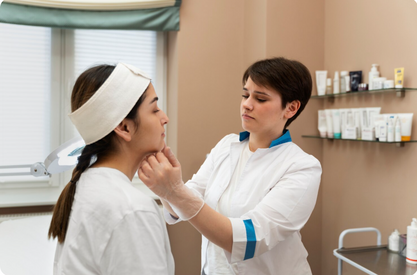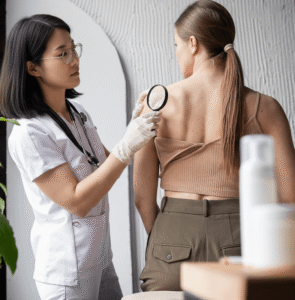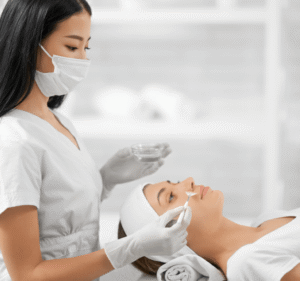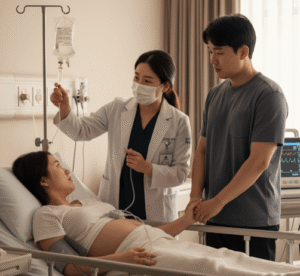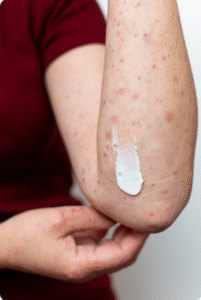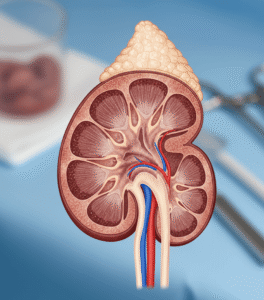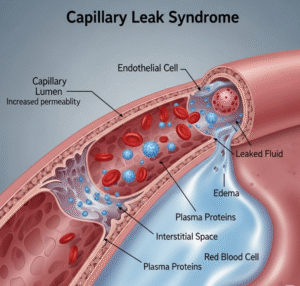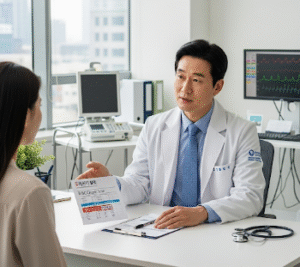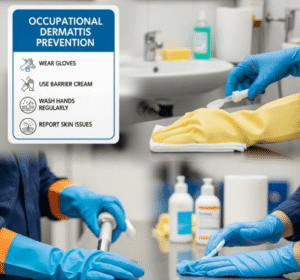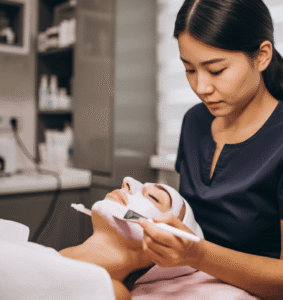What It Is
Levator advancement is a surgical procedure used to correct ptosis (drooping of the upper eyelid) by tightening or advancing the levator palpebrae superioris muscle, the main muscle responsible for lifting the eyelid. When this muscle is weak or stretched, the eyelid sits lower than normal, sometimes blocking vision and creating a tired appearance.
In Korea, levator advancement is performed with both functional and cosmetic goals—to improve vision if ptosis obstructs the line of sight and to create brighter, more youthful-looking eyes. It is often combined with blepharoplasty or double eyelid surgery for enhanced aesthetic outcomes.
Why It’s Done
Patients undergo levator advancement because:
- They have drooping eyelids that interfere with vision.
- Ptosis makes them look tired, sleepy, or older.
- They want to achieve a more open, alert, and symmetric eye shape.
- It can improve both aesthetic confidence and functional eyesight.
Good candidates include:
- Adults and children with congenital or acquired ptosis.
- Patients with good levator muscle function (usually measured before surgery).
- Those in good health and with realistic expectations.
Alternatives
- Frontalis sling surgery: Used when the levator muscle is very weak or absent.
- Non-surgical options (eyelid crutches, ptosis correction eye drops): Provide temporary improvement but are not long-term solutions.
- No treatment: Acceptable in mild cases without vision impairment.
Preparation
Before levator advancement in Korea, patients will:
- Undergo an eye examination, including measurement of levator function and eyelid height.
- Discuss both functional and cosmetic goals with the surgeon.
- Stop smoking and alcohol 2–4 weeks before surgery.
- Avoid blood-thinning medications and supplements.
How It’s Done
- Anesthesia: Local anesthesia with sedation or general anesthesia (for children).
- Incision: Typically made in the natural eyelid crease to hide scars.
- Procedure:
- The levator muscle is exposed.
- The muscle is shortened or advanced forward to improve eyelid elevation.
- Eyelid height and symmetry are adjusted carefully.
- Closure: The incision is sutured along the eyelid crease.
- Duration: 1–2 hours, usually outpatient.
Recovery
- First week: swelling, bruising, and mild discomfort are common.
- Stitches are removed after 5–7 days if non-dissolvable.
- Most patients return to work or school in 7–10 days.
- Final eyelid position and symmetry become stable within 1–3 months.
Possible Complications
- Asymmetry between the two eyelids.
- Overcorrection or undercorrection.
- Temporary dryness, irritation, or difficulty closing the eyes completely.
- Infection or delayed healing.
- Rare risks: corneal exposure or need for revision surgery.
Treatment Options in Korea
Diagnosis
- Comprehensive eye and eyelid evaluation.
- Measurement of eyelid margin reflex distance (MRD) and levator muscle function.
- Photography and digital simulation for surgical planning.
Medical Treatments
- Eyelid crutches attached to glasses for temporary correction.
- Prescription eye drops that can slightly elevate the eyelid in select cases.
Surgical or Advanced Therapies
- Levator advancement or resection for patients with moderate levator function.
- Frontalis sling procedure for severe ptosis with poor levator strength.
- Combination with double eyelid surgery for improved aesthetics in Asian patients.
- Revision ptosis correction for patients with previous unsatisfactory outcomes.
Rehabilitation and Support
- Cold compresses and eye ointments to reduce swelling and dryness.
- Scar care (minimal since incisions are hidden in the crease).
- Follow-up visits to check eyelid height, function, and symmetry.
- International patients benefit from Korea’s precision in eyelid surgery, natural-looking results, and combination of functional and cosmetic expertise.

